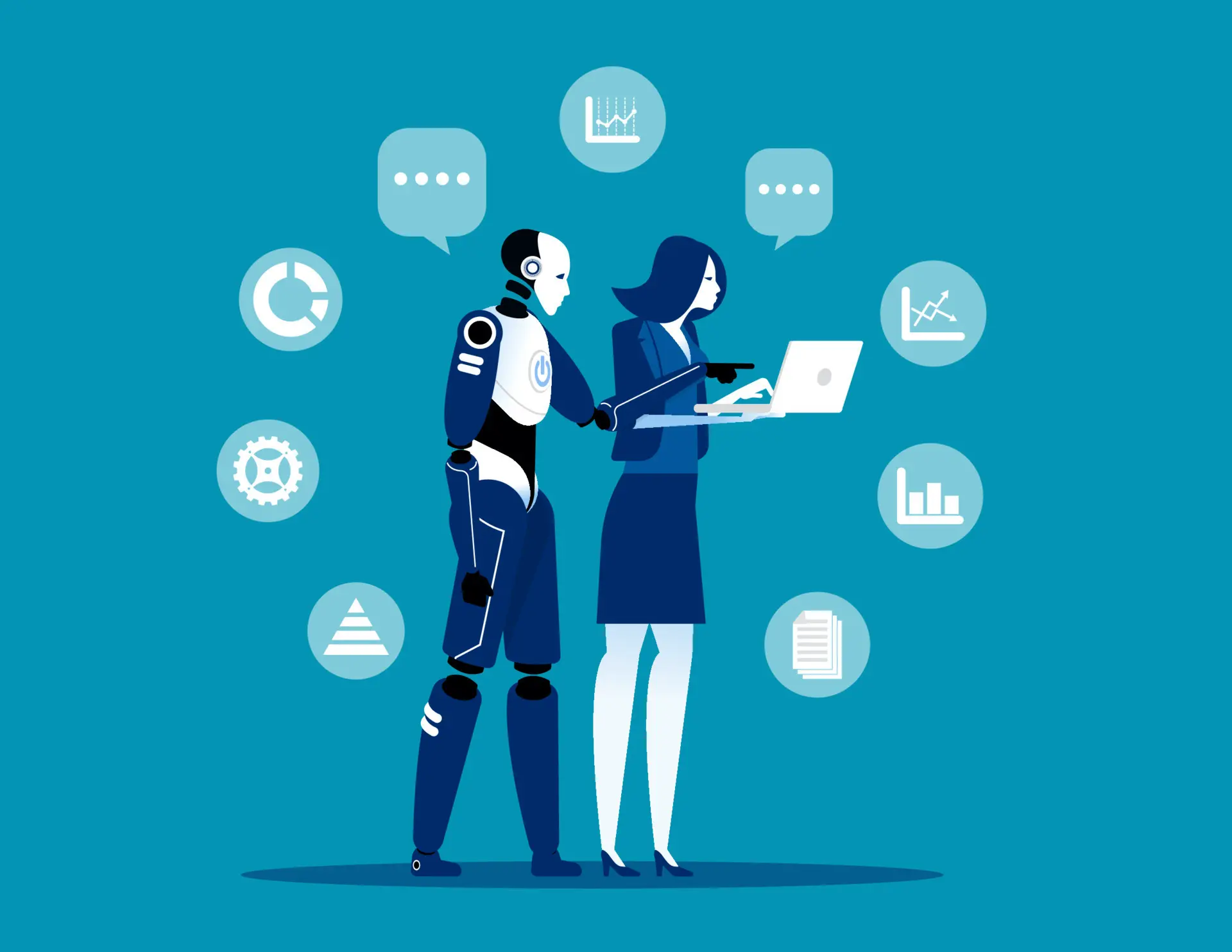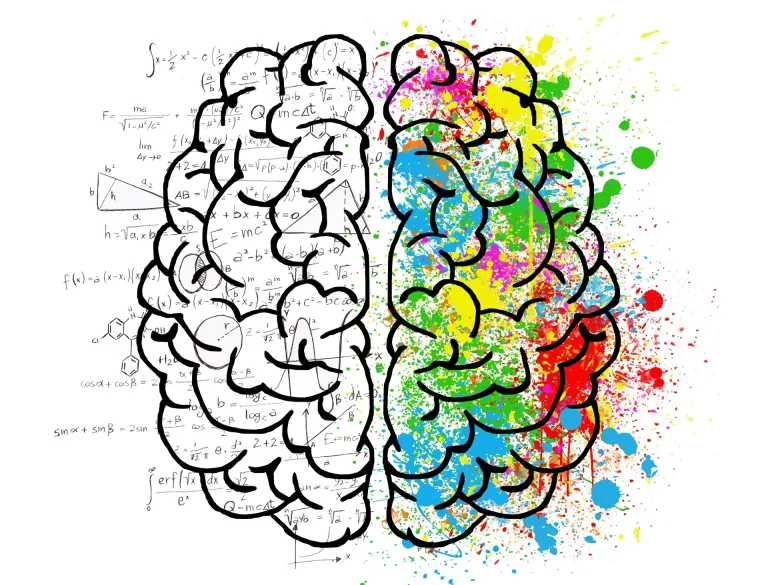
AI concerns for Teachers
This page may contain affiliate links. If you choose to purchase after clicking a link, I may receive a commission at no extra cost to you.
Artificial intelligence (AI) is transforming many aspects of our society, including education. AI-powered tools can offer personalised learning, adaptive assessment, and instant feedback for students and teachers. However, AI also poses some challenges and risks for the education sector. In this blog post, we will explore some of the main concerns that teachers have about AI and how they can address them.
One of the concerns that teachers have about AI is the cost of developing and implementing AI-powered educational tools. According to a report by Forbes, AI in education is expected to reach $6 billion by 2025, but many schools and teachers may not have the budget or the infrastructure to adopt these tools. Moreover, some AI-powered tools may require constant updates and maintenance, which can add to the expenses. Therefore, teachers need to evaluate the cost-effectiveness and sustainability of AI-powered tools before adopting them.
Another concern that teachers have about AI is the human interaction that students need to succeed. AI-powered tools cannot replace the human and emotional support that teachers provide to their students. Teachers can motivate, inspire, and mentor their students in ways that AI cannot. Moreover, some students may prefer to learn from a human teacher rather than a machine. Therefore, teachers need to balance the use of AI-powered tools with their own presence and guidance in the classroom.
A third concern that teachers have about AI is the privacy and security of their students’ data. AI-powered tools collect and analyze large amounts of data from students’ online activities, such as their learning preferences, progress, performance, and behavior. This data can be used to improve the quality and effectiveness of AI-powered tools, but it can also pose risks if it falls into the wrong hands or is used for malicious purposes. For example, hackers could access students’ personal information or academic records, or advertisers could target students with inappropriate or misleading ads. Therefore, teachers need to ensure that the AI-powered tools they use comply with data protection laws and ethical standards, and that they inform their students and parents about how their data is collected, stored, and used.
A fourth concern that teachers have about AI is the impact on their own profession and role. Some teachers may fear that AI will replace them or make them obsolete in the future. However, this is unlikely to happen, as AI cannot replicate the human skills and qualities that teachers have. Instead, AI can augment and enhance teachers’ work by automating some of their tasks, such as grading, feedback, and administration, and by providing them with insights and recommendations to improve their teaching practices and outcomes. Therefore, teachers need to embrace AI as a partner rather than a competitor, and learn how to use it effectively and creatively in their classrooms.
AI is a powerful and promising technology that can bring many benefits to education, but it also comes with some challenges and risks that teachers need to be aware of and address. By understanding the pros and cons of AI in education, and by collaborating with other stakeholders such as students, parents, policymakers, researchers, and tech companies, teachers can leverage AI to enhance their teaching and learning experiences while ensuring their students’ safety and wellbeing.
How teachers can guard against AI plagiarism
Artificial intelligence (AI) is becoming more powerful and accessible every day, and with it comes the challenge of plagiarism. AI plagiarism is the use of AI tools or services to generate or modify text that is then passed off as one’s own work. AI plagiarism can be hard to detect and prevent, especially for teachers who have to deal with a large number of assignments and essays from their students. However, there are some strategies that teachers can use to guard against AI plagiarism and promote academic integrity in their classrooms.
One strategy is to design assignments that require original thinking and creativity, rather than just factual recall or summarization. For example, teachers can ask students to apply concepts to real-world scenarios, analyze different perspectives, or create their own examples or questions. These types of assignments are more likely to engage students and motivate them to do their own work, rather than relying on AI tools.
Another strategy is to use plagiarism detection software or services that can identify AI-generated or modified text. There are several tools available online that can compare text against a large database of sources and flag any suspicious matches or anomalies. Some of these tools can also detect the use of paraphrasing or spinning techniques that AI tools often employ to avoid detection. Teachers can use these tools to check the authenticity of their students’ work and take appropriate action if they find any evidence of AI plagiarism. However, AI technology is advancing at an alarming rate and as yet, ungoverned. It is highly likely that AI produced coursework will become so ‘unique’ that it will be virtually impossible to detect – hence the importance for teaching professionals to really know their students individual academic capabilities.
Teaching the right mindset
This is where teachers play a vital role – to educate students about the ethical and academic implications of AI plagiarism and encourage them to develop their own voice and writing skills. Teachers can explain to students what constitutes plagiarism and why it is wrong, as well as the potential consequences of engaging in it, such as losing marks, failing courses, or facing disciplinary action. Teachers can also provide feedback and guidance to students on how to improve their writing and cite their sources properly. By fostering a culture of honesty and respect for intellectual property, teachers can help students avoid AI plagiarism and become more responsible and confident writers.








Leave a Comment